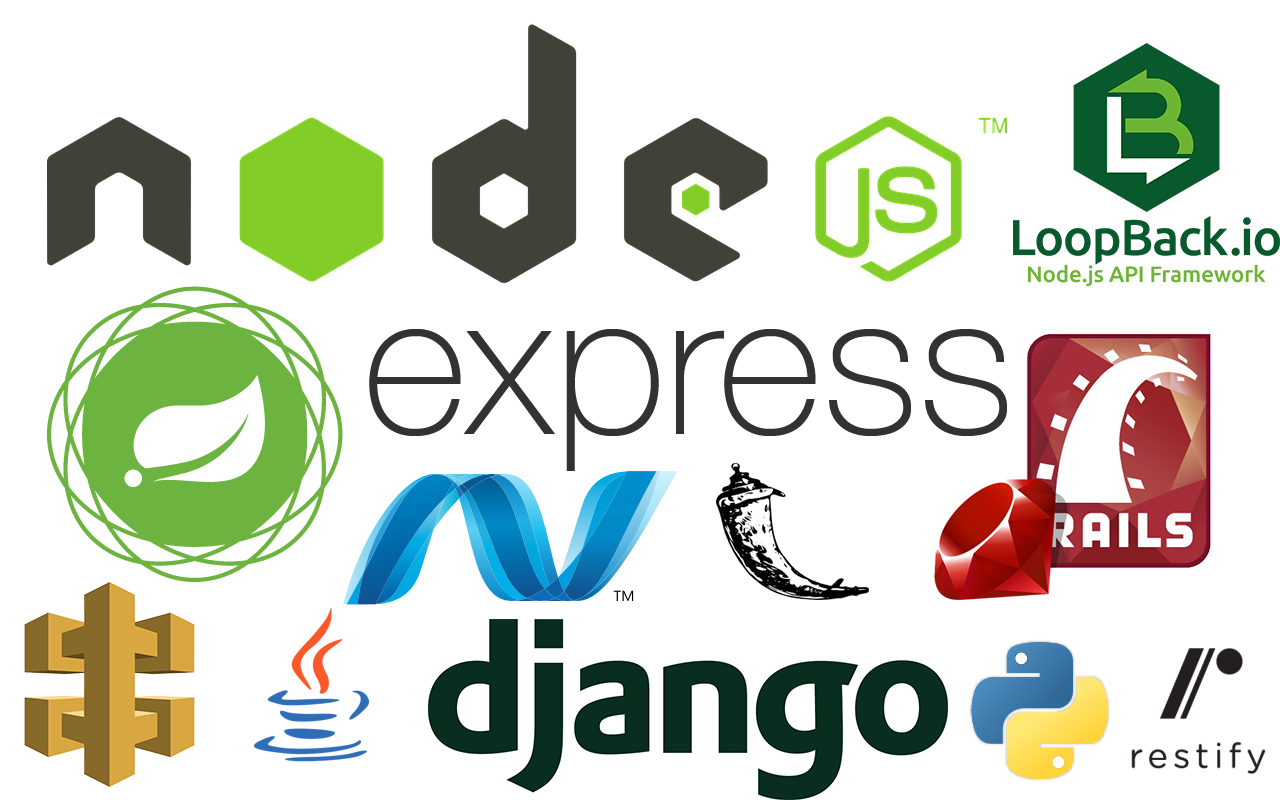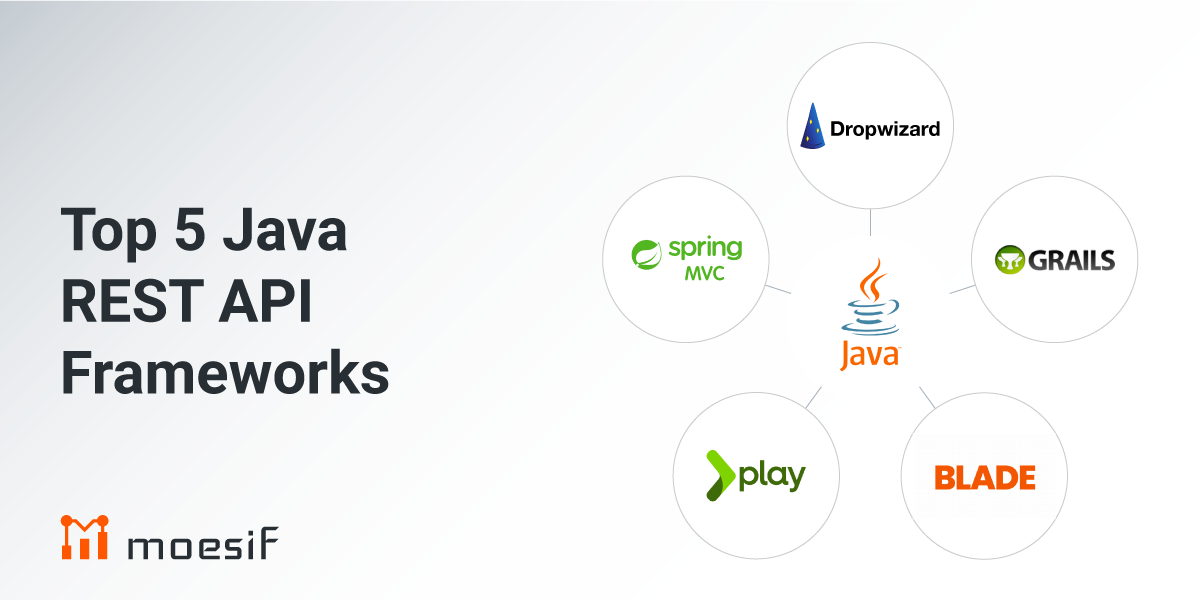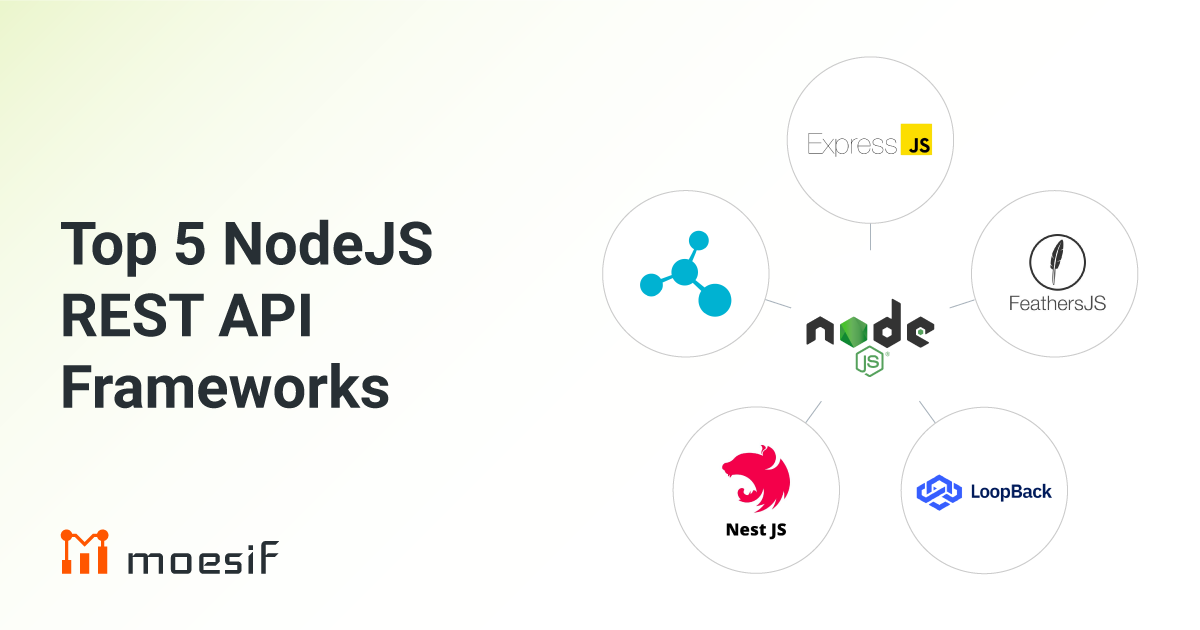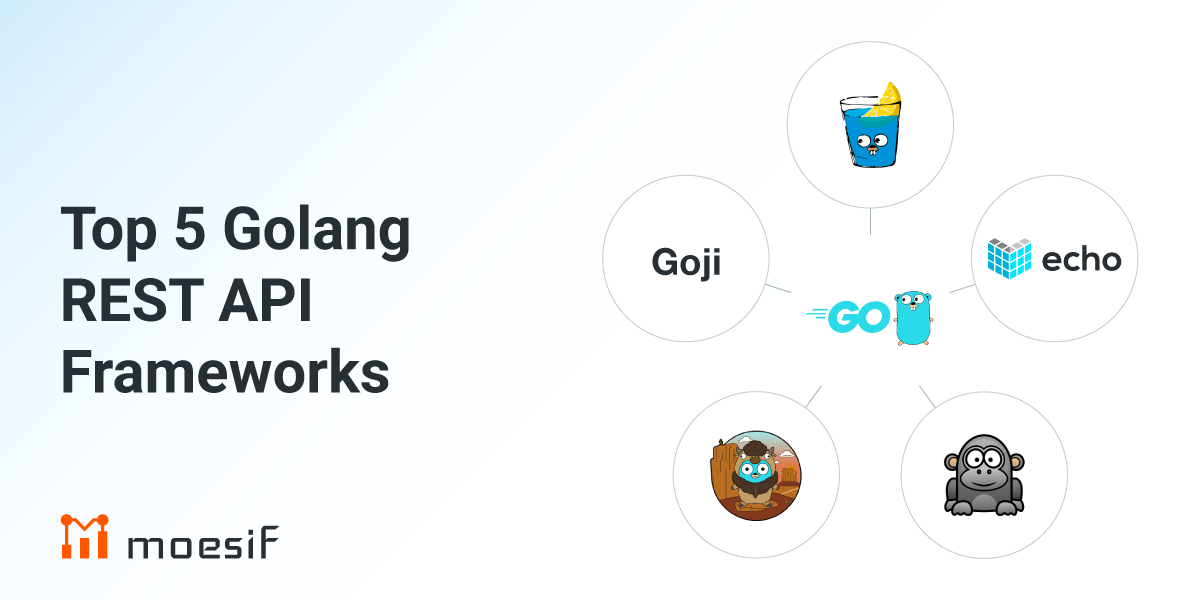



What is an API Framework?
An API Framework is a comprehensive software toolset designed to simplify the process of creating, managing, and maintaining application programming interfaces (APIs). It provides developers with pre-built components, libraries, templates, and conventions to streamline API development. API frameworks offer a structured approach to building APIs, ensuring consistency, scalability, and efficiency throughout the development process.
Key components of an API Framework include:
- Endpoints: Defined entry points for interacting with the API
- Operations: Supported actions or methods (GET, POST, PUT, DELETE)
- Parameters: Input requirements for API calls
- Responses: Expected outputs and data structures
- Authentication and Security: Mechanisms for user verification and data protection
- Rate Limiting: Usage restrictions to maintain performance
Advantages of using an API Framework:
- Simplified Development: Pre-built components and templates accelerate development timelines and reduce the need to start from scratch.
- Consistency and Standardization: Frameworks enforce coding practices, naming conventions, and data structures, improving collaboration and maintainability.
- Enhanced Security: Built-in security measures protect sensitive data and prevent unauthorized access.
- Scalability: Frameworks are designed to handle growth in API usage and complexity.
- Improved Performance: Optimized code and best practices lead to faster response times and efficient resource utilization.
- Easier Integration: Standardized interfaces and documentation facilitate seamless integration with other systems.
- Cost-Effectiveness: Reduced development time and maintenance efforts lower overall project costs.
- Flexibility: Many frameworks support multiple programming languages and platforms.
- Community Support: Popular frameworks benefit from active developer communities, providing resources and ongoing improvements.
- Parallel Development: API-first approach allows teams to work simultaneously on different aspects of the project.
List of Frameworks for implementing APIs by programming language:
JavaScript/Node.js:
- Express.js: Lightweight and flexible framework with extensive middleware support
- Koa.js: Modern, lightweight alternative to Express.js
- Hapi.js: Feature-rich framework for building scalable applications
Python:
- Django REST Framework: Powerful, full-featured framework built on Django
- Flask: Lightweight and flexible microframework
- FastAPI: High-performance framework optimized for asynchronous programming
Java:
- Spring Boot: Robust framework for building enterprise-grade applications
- Jersey: RESTful Web Services framework
- Dropwizard: Lightweight framework for high-performance RESTful applications
.NET:
- ASP.NET Core: Cross-platform framework for building modern, cloud-based APIs
- Nancy: Lightweight framework for building HTTP-based services
PHP:
- Laravel: Full-featured framework with built-in API support
- Slim: Micro-framework for simple APIs
- Lumen: Lightweight microframework by Laravel
Ruby:
- Ruby on Rails: Full-stack framework with API mode
- Sinatra: Lightweight framework for building simple APIs
Go:
- Gin: High-performance microframework
- Echo: Minimalist web framework with high performance
Rust:
- Rocket: Web framework focused on ease-of-use, security, and speed
- Actix: Powerful, pragmatic framework for building efficient web services
Scala:
- Play Framework: Lightweight, stateless, web-friendly architecture
- Akka HTTP: Toolkit for building integration layers based on HTTP
Each framework has its strengths and is suited for different use cases, depending on factors like performance requirements, scalability needs, and the existing technology stack of the project. When choosing a framework, consider your team’s expertise, project requirements, and long-term maintainability.